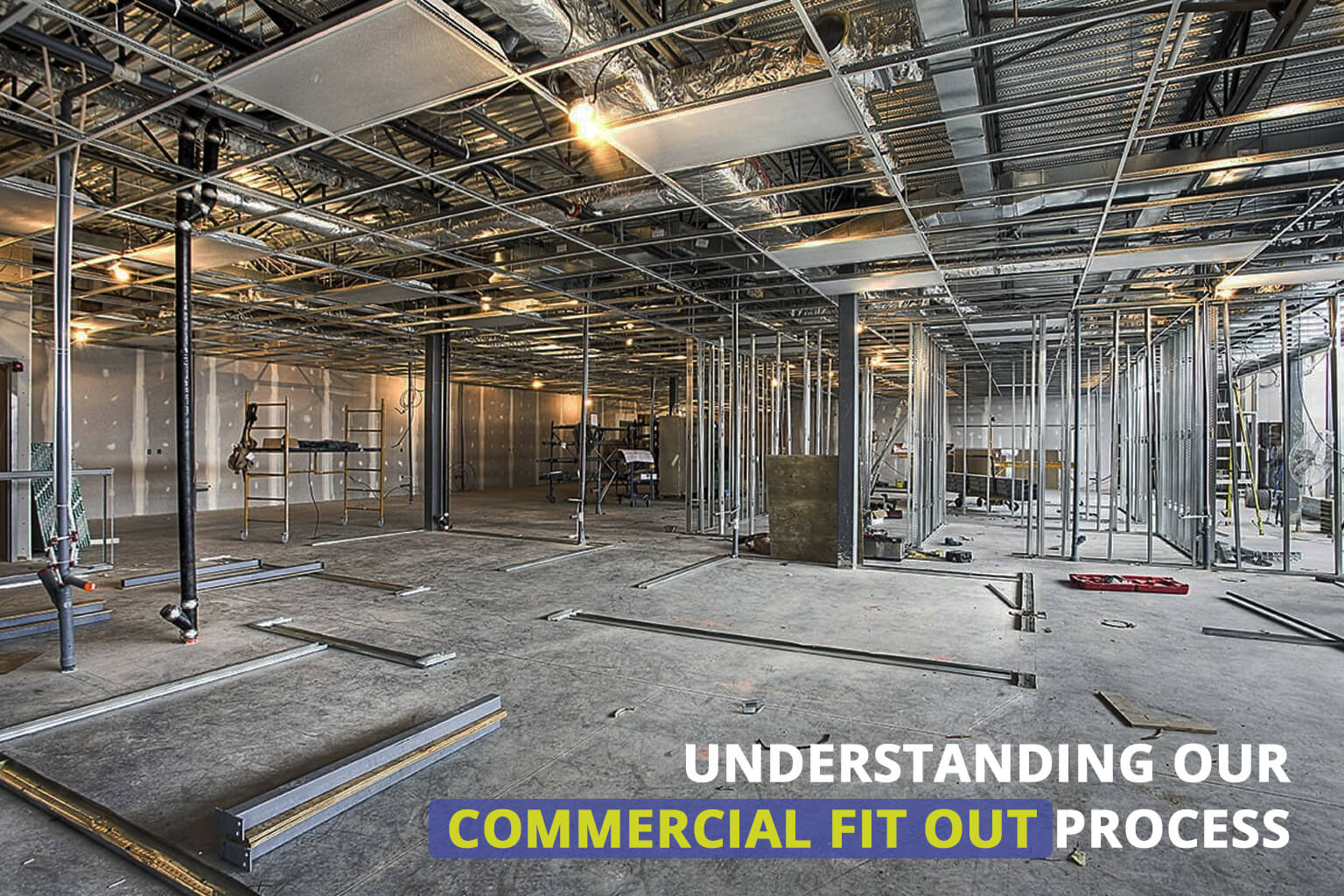Within the competitive world of retail, the ambiance of a store can create or break the shopping experience. Creating the perfect environment goes beyond just visual appeal; it plays a crucial role in connecting with customers and ultimately drives sales. A well-executed retail fit-out ensures that every element, from layout to lighting, is in harmony with your brand image and speaks to your target audience. Grasping what a retail setup entails and its importance can set the stage for enduring success.
As the shopping environment advances, so do the methods and styles associated with store layouts. Whether you're launching a new venture or renovating an existing space, having a detailed guide to retail layouts can guide you through every stage of the journey. From innovative design approaches that improve customer interaction to the most recent developments predicted in 2025, it's crucial to remain knowledgeable and adaptable. Join us as we explore the multiple aspects of retail layout techniques that can elevate your store, create unforgettable encounters, and ensure your business thrives in a bustling industry.
Grasping Retail Fit-Outs
Retail fit-outs are a method of changing a raw space into a practical and attractive environment for companies to operate. Retail Fit Out Devon involves a cooperation between aesthetics, construction, and brand identity to create a space that matches with the company's vision and improves the shopping experience for shoppers. A well-executed fit-out not only meets the practical needs of the business but also shows its brand values, communicating crucial messaging through design elements like arrangement, colors, and fixtures.
The importance of retail fit-outs cannot be overstated. They play a crucial role in attracting customers and influencing their buying preferences. A well-planned space can inspire customers to spend more time in the store, leading to increased sales and enhanced customer loyalty. Additionally, fit-outs can aid maximize the use of space, allowing for effective product displays and a seamless flow of traffic, making sure that the customer's journey is both satisfying and efficient.
As retail environments develop, so do fit-out trends and requirements. Staying updated on current styles and tech advancements is vital for businesses looking to differentiate in a challenging market. From employing sustainable supplies to harnessing smart devices for a more interactive experience, the approach to retail fit-outs is continuously changing. Grasping these trends can equip businesses to make wise decisions that not only meet their current needs but also future-proof their retail spaces.
The Retail Fit-Out Process
The commercial fit-out process is a comprehensive journey that converts an empty space into an completely functional commercial environment. Initially, it starts with a thorough assessment of the existing area, where key considerations such as layout, lighting, and brand identity come into play. Planning is crucial, as this phase involves working together with design specialists and architects to create a concept that matches the brand's vision while maximizing customer engagement. Establishing a clear design brief that outlines preferences for materials, hues, and overall appearance will guide the project through the subsequent phases.
After the design is completed, the construction phase begins. This is where the real fit-out is realized, involving a meticulous build-out of the area according to agreed plans. Regular communication with contractors and project managers is necessary during this phase to ensure the project stays on track and within budget. Managing deadlines efficiently helps to avoid common pitfalls, such as holdups or unexpected expenses, which can derail the effort and lead to annoyance for all parties.
After the construction and installation are complete, the final touches and quality checks take place before the official launch. This phase includes confirming that all installations, fittings, and signage are properly installed and functional. A soft opening can be beneficial, allowing for adjustments based on customer feedback before the full-scale launch. By following a systematic retail fit-out process, companies can create welcoming and efficient retail spaces that enhance the customer experience and contribute to higher sales.
Financing and Budgeting Your Fit-Out

Planning for your retail fit-out is a key step that can influence the outcome of your project. Start by outlining all potential expenses, which include materials, workforce, licenses, and design fees. By creating a comprehensive budget, you can prioritize essential features while allowing for adjustments in less critical areas. Think about also allocating a contingency fund to cover unexpected expenses that may occur during the renovation process. This preventative approach will enable you to oversee your finances more effectively and reduce the risk of overspending.
Financing options for your retail fit-out can vary widely depending on your company size and financial situation. Small businesses might explore options like small business loans, crowdfunding, or using self-funding. For larger enterprises, conventional bank loans and credit facilities can be available paths. Moreover, some retailers may gain advantage from partnerships with suppliers or leasing contracts, which can help distribute costs over time. Investigating all potential financing avenues will enable you to choose the most suitable option tailored to your requirements.
As you navigate your retail fit-out project, being mindful of potential undisclosed expenses can significantly impact your overall budget. Factors such as holdups in building, changes in design, and unanticipated regulatory fees can impact your financial plan. To prevent these pitfalls, maintain clear communication with your builders and have a thorough understanding of the timeline and scope of tasks involved. Regularly reviewing your budget and adapting as needed will ensure that you stay on track and can make thoughtful decisions throughout the fit-out journey.
